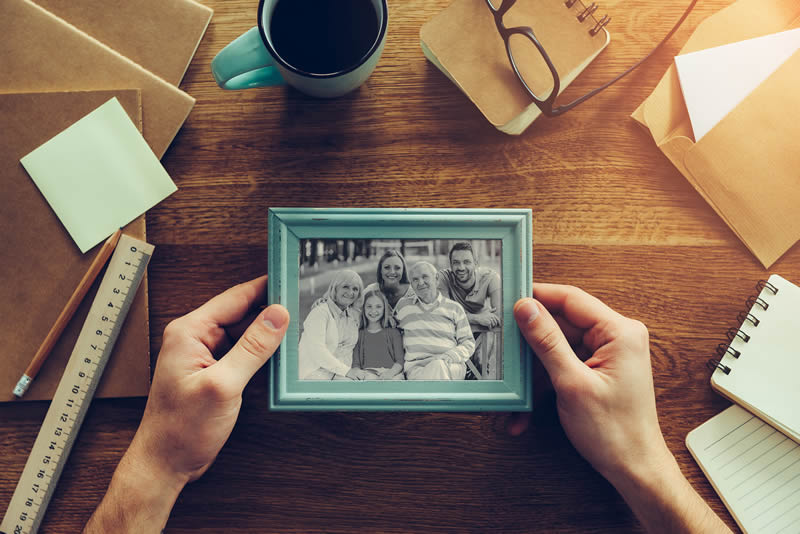There are many factors that influence our sense of well-being. Some we can control and others we cannot. Researcher Jennifer Havilland-Jones of Rutgers University in New Jersey, states, “There’s a lot of research that’s begun now, where people are looking at how our environment affects our well-being. We tend to think of ourselves as separate from our environment, but we are not. We create our environment.”
 I have five simple suggestions you might consider using in your home to make it your “happy place”. These suggestions have research data backing them, but many sound like age old methods that many early homemakers instinctively did to make their homes cozy and relaxing. Let’s take a look at these and see if perhaps you already implement some of these methods in your nest.
I have five simple suggestions you might consider using in your home to make it your “happy place”. These suggestions have research data backing them, but many sound like age old methods that many early homemakers instinctively did to make their homes cozy and relaxing. Let’s take a look at these and see if perhaps you already implement some of these methods in your nest.
1. COLOR affects MOOD
A study from Vrije Univ. Amsterdam concluded that out of all the colors in a prism, YELLOW and GREEN colored walls give us the greatest sense of happiness. My personal theory is that sunny yellow is a natural mood elevator, just like a sunny day. When we bought our home, the breakfast area had a northern exposure yielding low light. I had the off-white walls painted yellow and it really transformed the dreary room into a cheery space. Green is found in abundance in our world, green grass, green trees and shrubs, so perhaps this color helps relax us. Not so long ago, soft green was the color of choice for hospital rooms. Not so today, but perhaps the old idea of a calm color promoting healing will take hold again. May I also share my personal preference for a BLUE bedroom as a soothing retreat? French blue, a soft blue with a touch of green, is my “go to” color for restful master bedrooms.
2. SCENTS have a positive or negative affect on us
Humans have known this instinctively, with scented candles and perfumes being with us for eons as a remedy to mask unpleasant odors. Now there is data that measures scents and their influence on our mood. Stephen Warrenburg, in “Effects of Fragrance on Emotions: Moods and Physiology”, reports that VANILLA beans were very uplifting to one’s mood and overall sense of well-being. Researcher, Jennifer Welsh, also believes scents can affect our thoughts and behaviors and adds FLORAL SCENTS to the list to give our feeling of happiness a boost. Interestingly, the bestselling candle in our shop is called “French Tulip”. One customer was buying this candle regularly and I asked her, who was the lucky person getting the candle. She laughingly told us she burns our “French Tulip” candle at the end of each day as a gift she gives herself!
3. SENTIMENTAL PHOTOS
Research from the Univ. of Portsmouth found that looking at old photos “results in positive feelings and a sense of calmness”. Now “Old school rules of decorating” directed us to put family photos in informal settings such as dens and bedrooms, not the formal areas. That rule is passé today, but in practicality, we are more likely to enjoy photos in places we truly “live”. So consider grouping photos of loved ones by your bed, on your desk or dresser so you can view them often.
4. DECLUTTER YIELDS CALM
UCLA’s Center for Everyday Lives and Families found higher levels of high cortisol in women with messy, cluttered homes. Now, I am a collector in extreme, but I try to group my collections rather than scattering them all over the house. I advise creating blank spaces on tabletops to rest the eye, by grouping collections neatly and leaving some surface bare. Same with hanging pictures. Group them, rather than dotting them all over the walls. So cut the clutter for a calmer, happier disposition.
5. MAKE YOUR BED!
Your mother was right, this little task yields nice dividends to your personal life. After interviewing people on their daily actions, researchers found that folks that faithfully made their beds each morning reported higher satisfaction with their lives than non-bed makers. Charles Dehugg, in his bestselling book, “The Power of Habit” believes that this simple habit can lead the way to other positive actions that help you feel and be more productive. Interesting. But now really, who can argue with your mother!
– Nan Bridgeman retired as an educator at a local museum, and owns Blythe Gallery, an interiors shop in Belmont. She enjoys helping customers create their own personal “happy place”.

